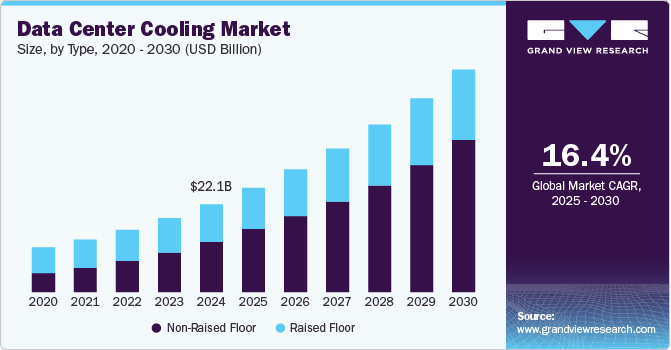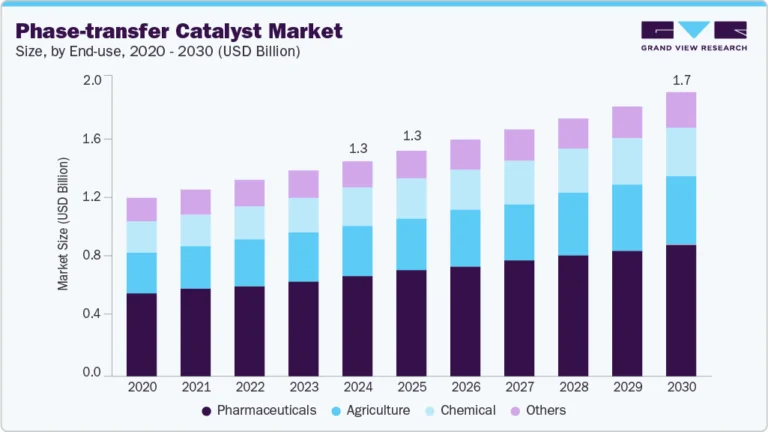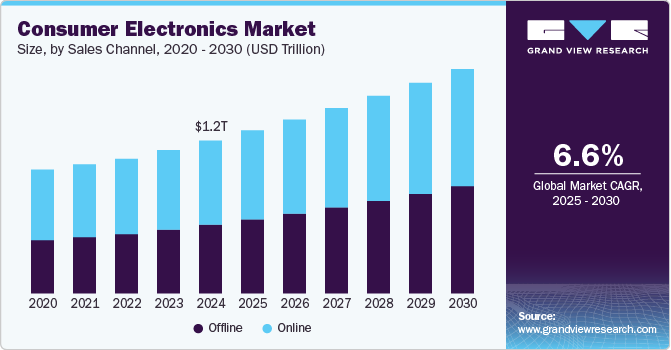Data Center Liquid Cooling Market Size, Share & Trends Analysis growing at a CAGR of 21.6% from 2025 to 2030

The global data center liquid cooling market size was estimated at USD 5.38 billion in 2024 and is projected to reach USD 17.77 billion by 2030, growing at a CAGR of 21.6% from 2025 to 2030. The industry has experienced significant growth due to several key drivers. One of the main factors is the growing demand for energy-efficient solutions.
Key Market Trends & Insights
- North America data center liquid cooling market held a significant share of nearly 39.0% in 2024.
- The data center liquid cooling market in the U.S. is expected to grow at a significantly CAGR of 21.6% over the forecast period.
- By component, the solution segment accounted for the largest revenue share of 60.0% in 2024.
- By solution, the direct liquid cooling segment dominated the market with a revenue share of over 68.0% in 2024.
- By service, the installation and deployment segment held the largest share of over 46.0% in 2024.
Market Size & Forecast
- 2024 Market Size: USD 5.38 Billion
- 2030 Projected Market Size: USD 17.77 Billion
- CAGR (2025-2030): 21.6%
- North America: Largest market in 2024
- Asia Pacific: Fastest growing market
Request a free sample copy or view report summary: https://www.grandviewresearch.com/industry-analysis/data-center-liquid-cooling-market-report/request/rs1
As the volume of data generated globally grows, so does the need for advanced cooling systems to manage the heat generated by densely packed server racks. Traditional air cooling systems are reaching their limitations in terms of efficiency, leading many data centers to adopt liquid cooling solutions. Liquid cooling systems are known for their superior efficiency, as liquids can absorb and transfer heat more effectively than air, allowing for better heat dissipation and reduced energy consumption.
Another key factor is the increasing use of high-performance computing (HPC) applications and artificial intelligence (AI). These applications require high computational power, which in turn generates considerable heat. Liquid cooling systems are essential for maintaining the performance and reliability of such systems, making them an attractive option for data centers that host HPC workloads, machine learning models, and AI-driven applications. The growing demand for AI, machine learning, and data analytics in industries such as healthcare, automotive, and finance is fueling the need for high-density server environments that rely heavily on advanced cooling methods.
Moreover, sustainability initiatives are contributing to the data center liquid cooling industry. With increased awareness of the environmental impact of energy consumption, companies are seeking ways to reduce their carbon footprints. Liquid cooling, due to its energy efficiency, helps in lowering power consumption compared to traditional air cooling systems, contributing to more sustainable operations in data centers. This shift aligns with the broader trend of adopting green technologies in various industries, especially in regions with stringent environmental regulations.
For instance, in May 2023, the U.S. Department of Energy (DOE) announced USD 40 million in funding for 15 projects aimed at developing high-performance, energy-efficient cooling solutions for data centers. Data centers, which house computers, storage systems, and computing infrastructure, currently account for around 2% of total U.S. electricity consumption. Cooling systems alone can represent up to 40% of the total energy usage in these facilities. This funding is designed to help reduce energy consumption and enhance the sustainability of data centers.
The advancement of liquid cooling technologies, including immersion cooling and direct-to-chip cooling, is also driving the market. These innovations are designed to optimize heat transfer while minimizing the space requirements and maintenance costs associated with traditional cooling methods. As these technologies become more cost-effective and scalable, more data centers are adopting liquid cooling solutions to meet the evolving demands of high-performance workloads.
Component Insights
The solution segment dominated the market and accounted for a revenue share of 60.0% in 2024, driven by technological, environmental, and economic factors. One of the primary drivers is the rapid rise in high-performance computing (HPC) and artificial intelligence (AI) workloads, which generate significantly more heat than traditional data center operations. As businesses increasingly adopt AI, machine learning, and big data analytics, the need for advanced cooling solutions, particularly liquid-based systems that can more effectively handle dense, high-heat environments, becomes essential.
The service segment is anticipated to grow at a CAGR of 23.0% during the forecast period due to the increasing complexity of liquid cooling systems, which require specialized expertise for installation, maintenance, and optimization. Unlike traditional air-cooling systems, liquid cooling involves advanced technologies such as direct-to-chip liquid cooling, immersion cooling, and rear-door heat exchangers.






